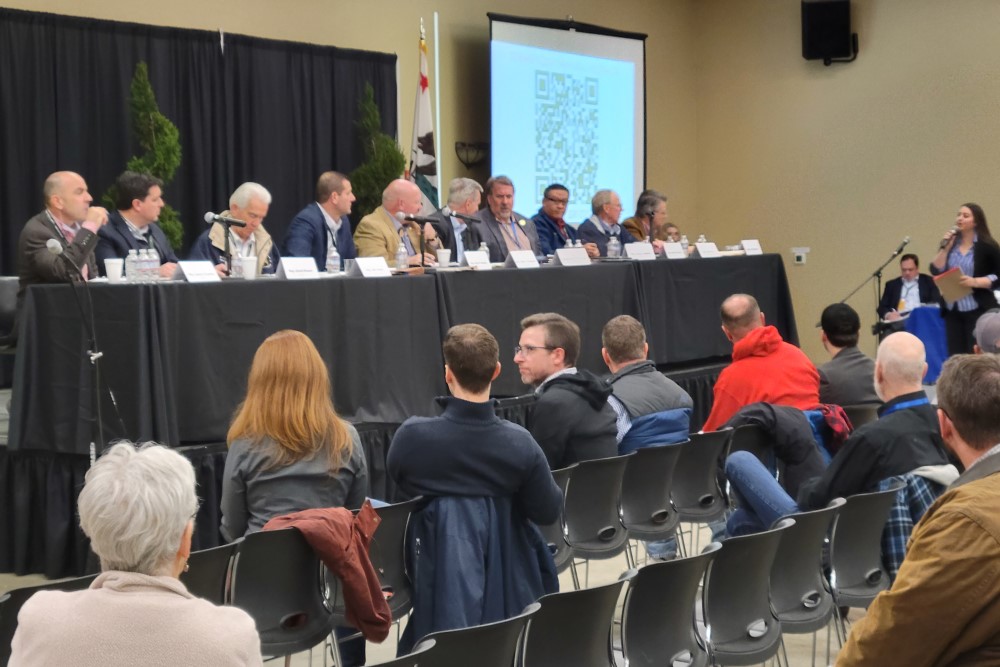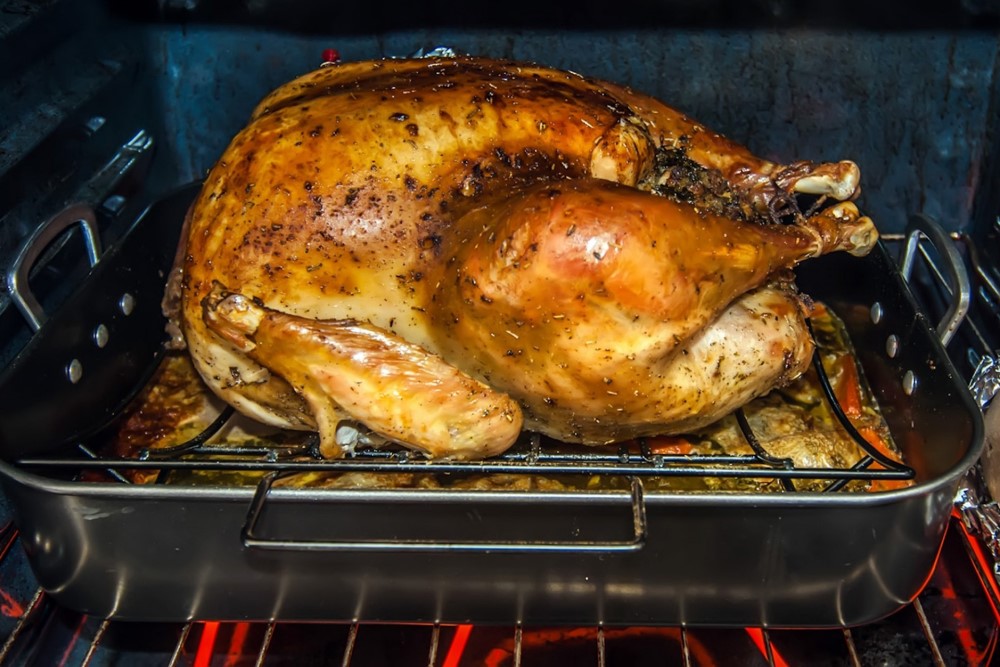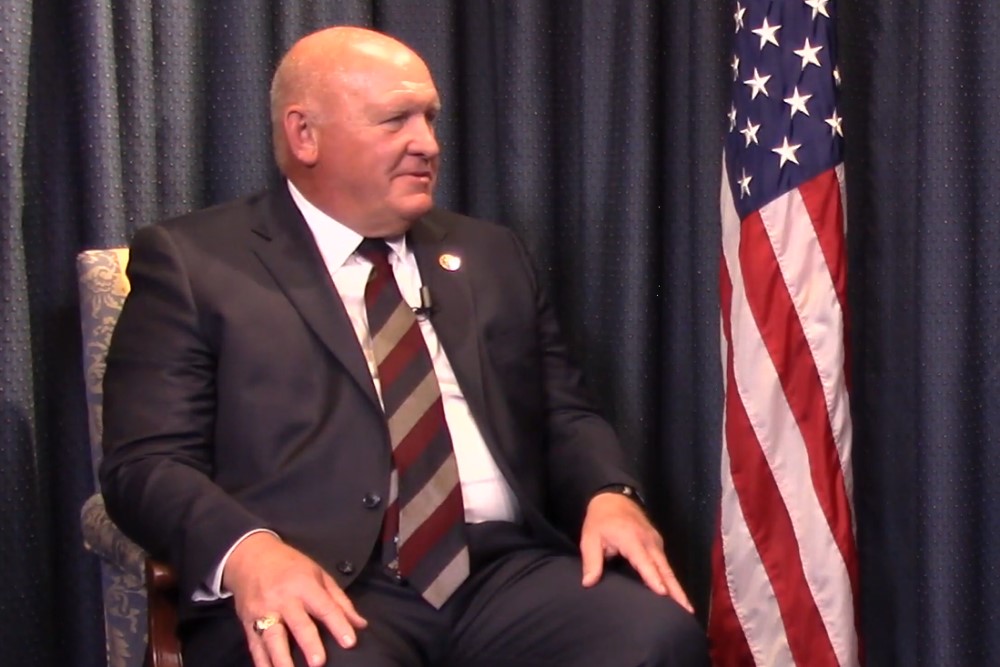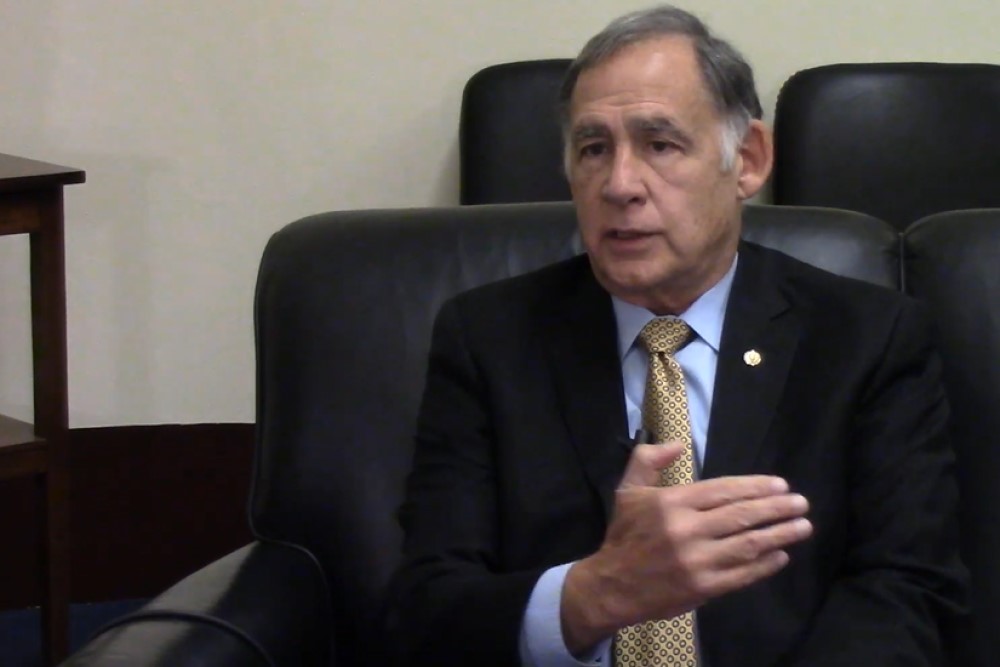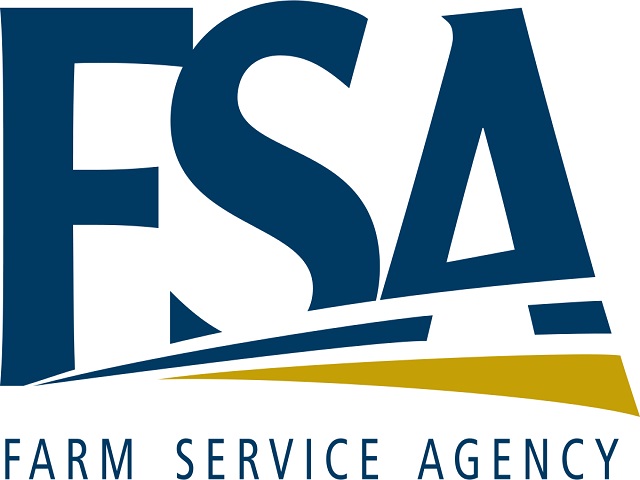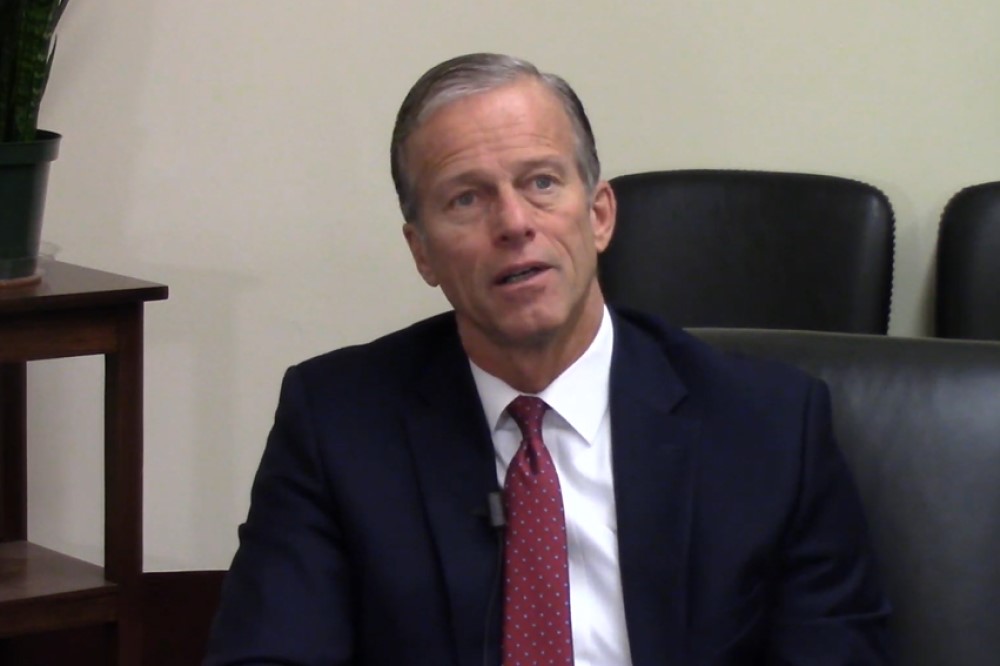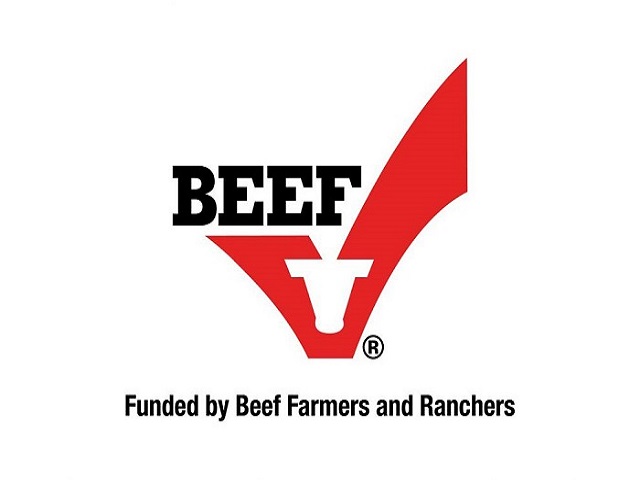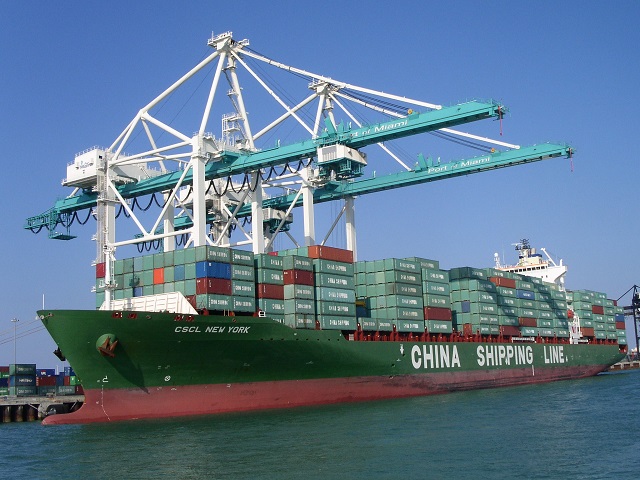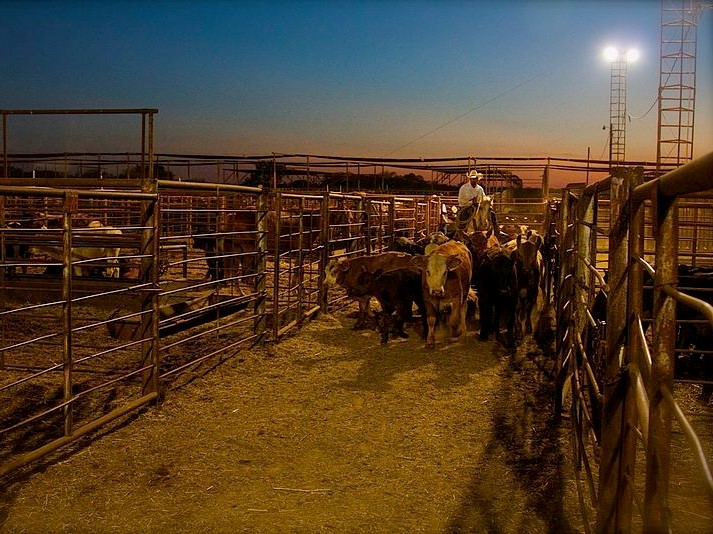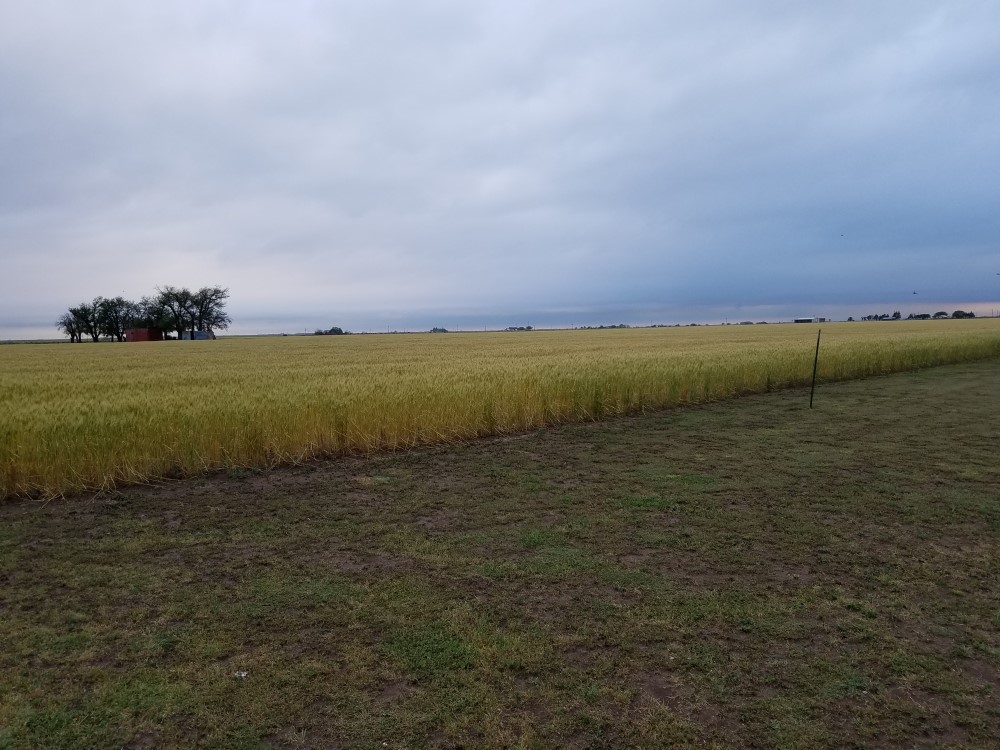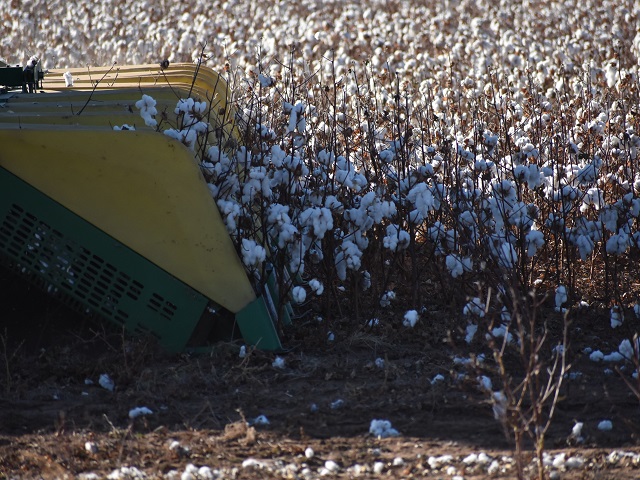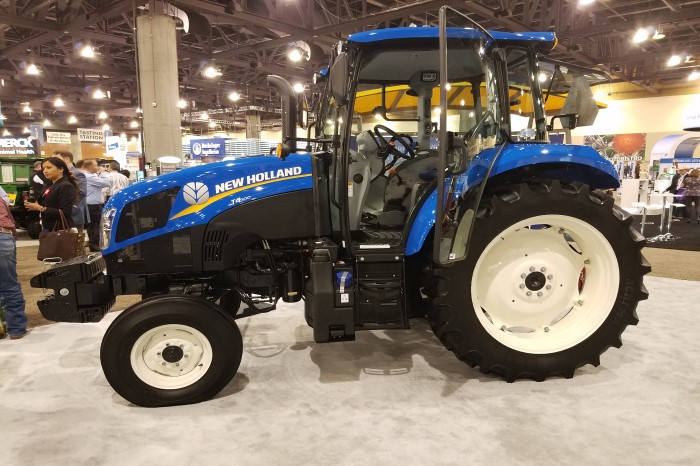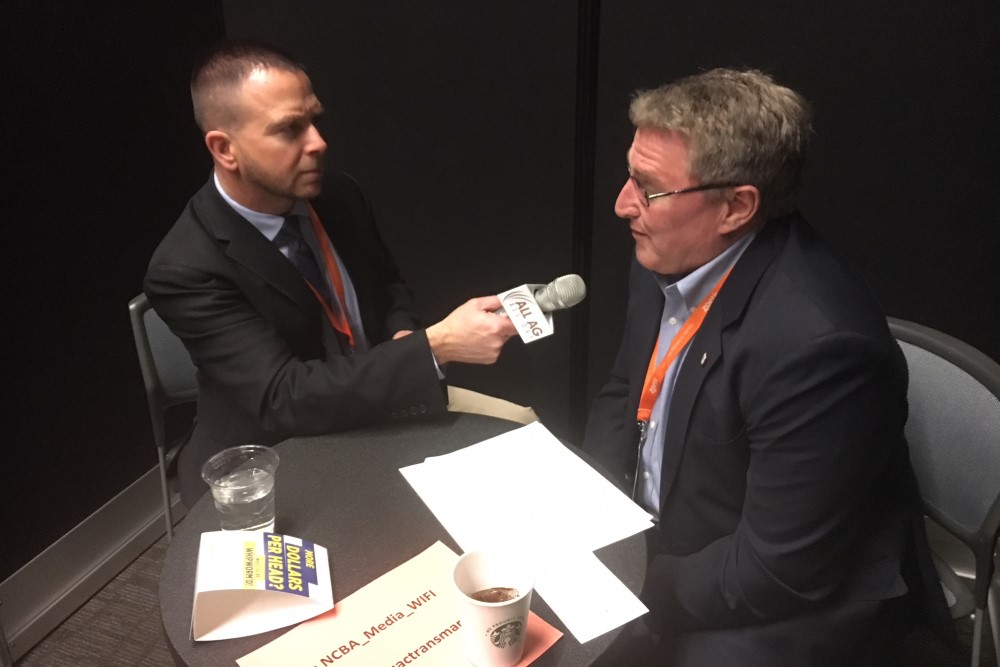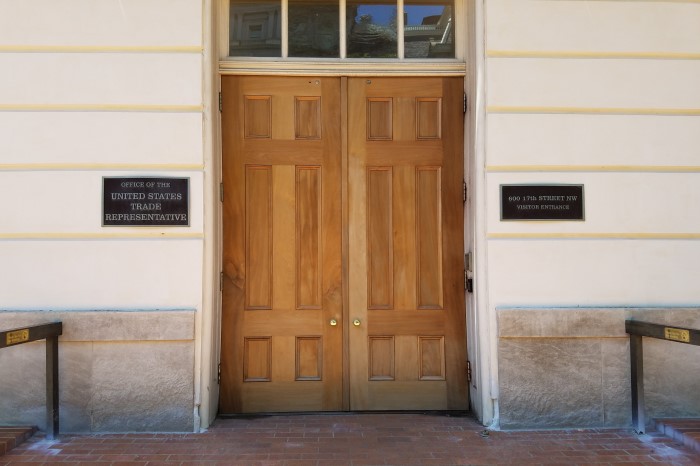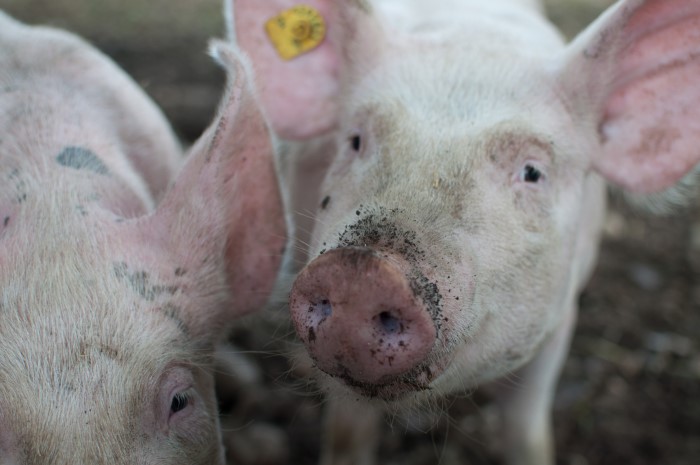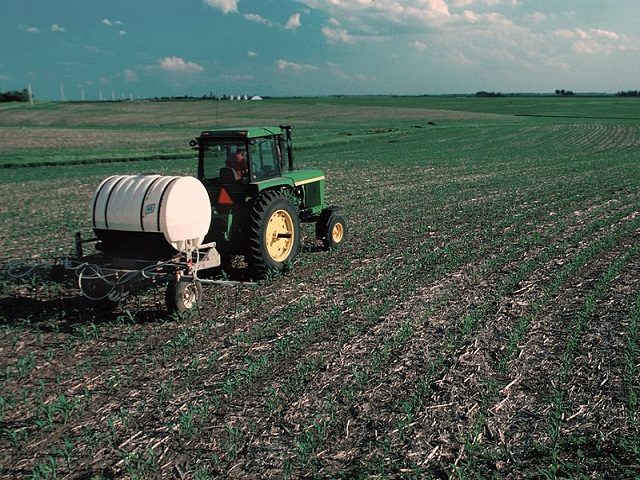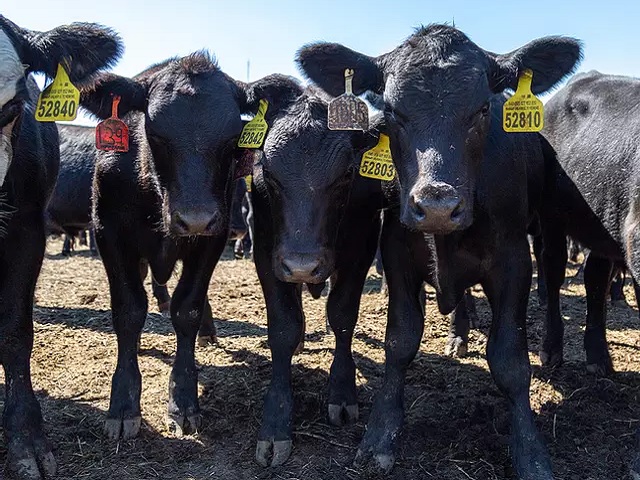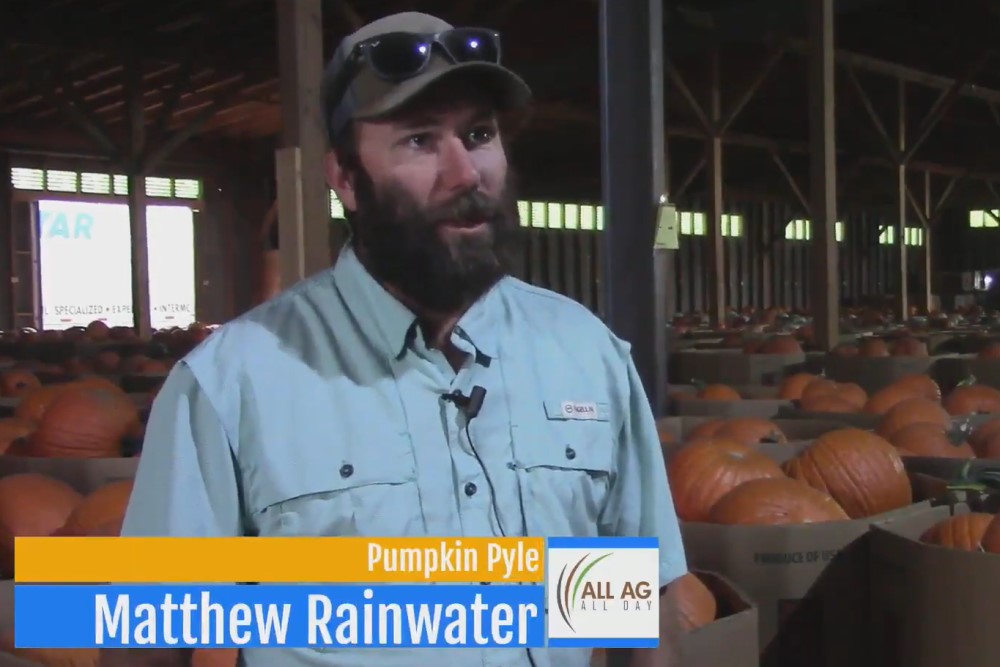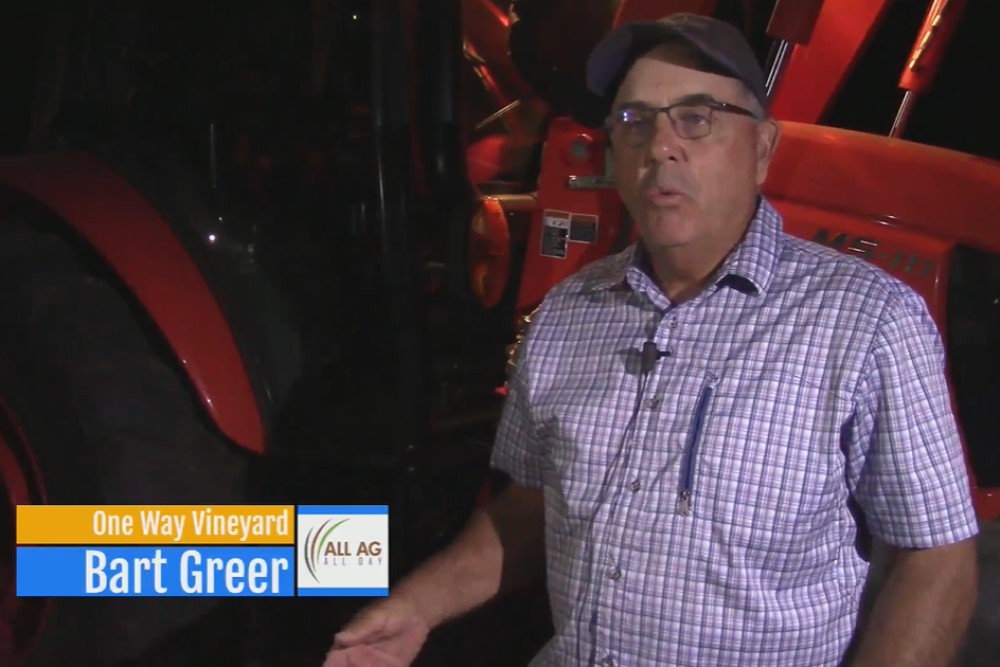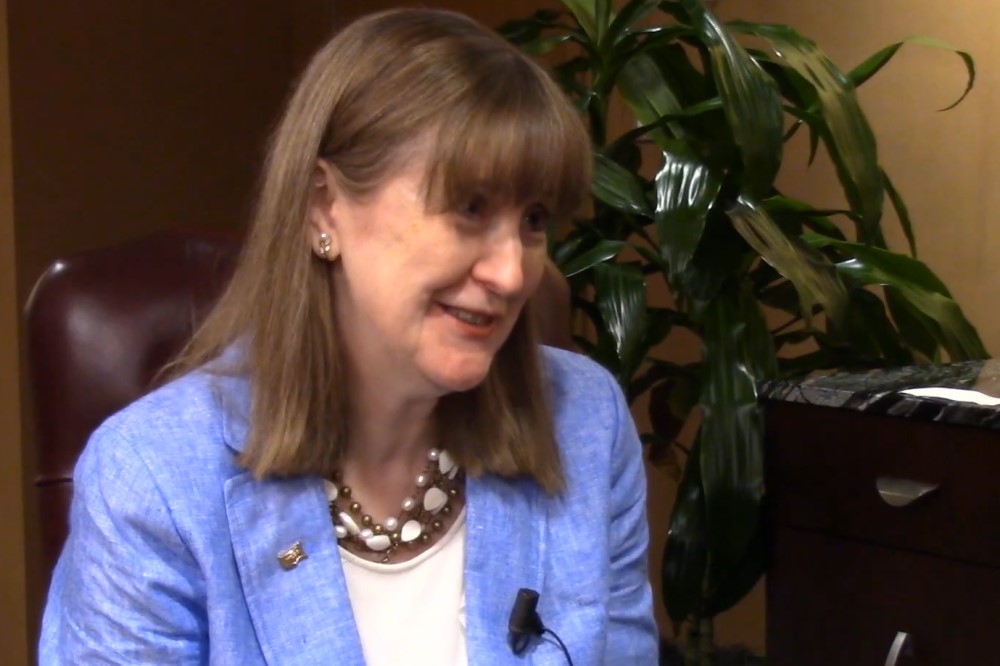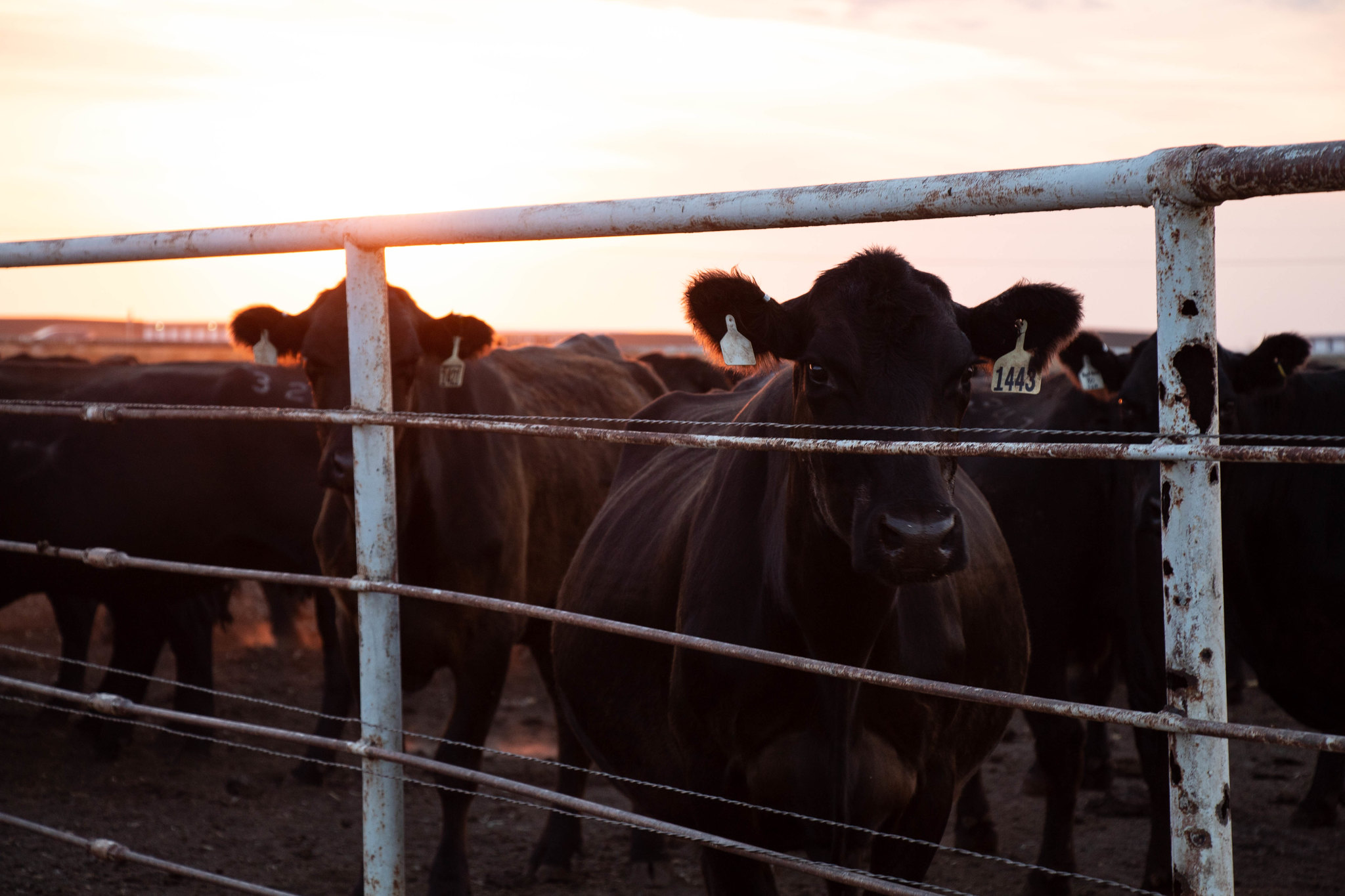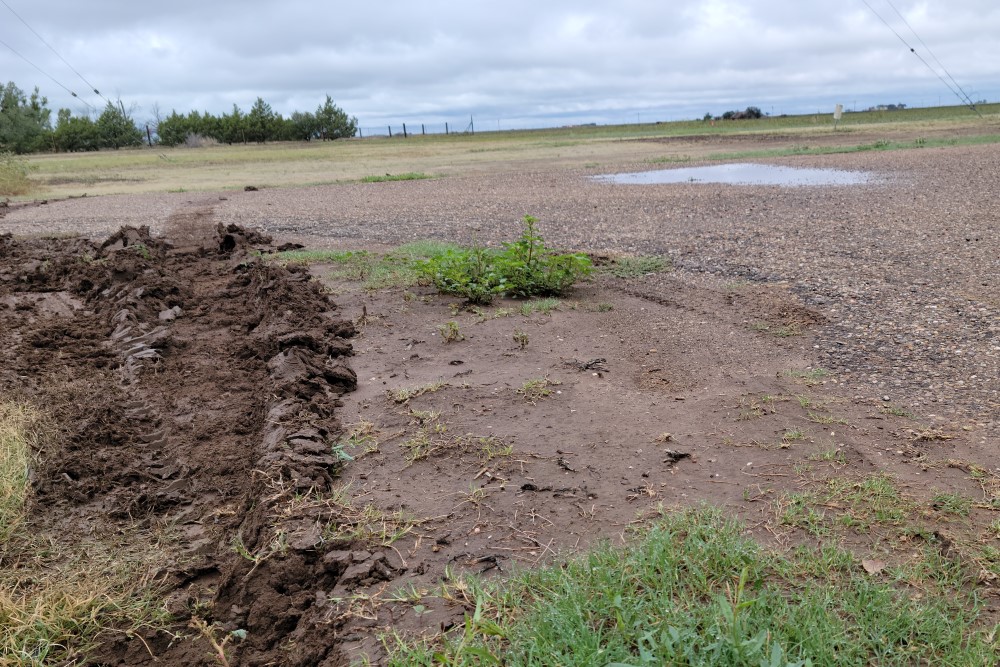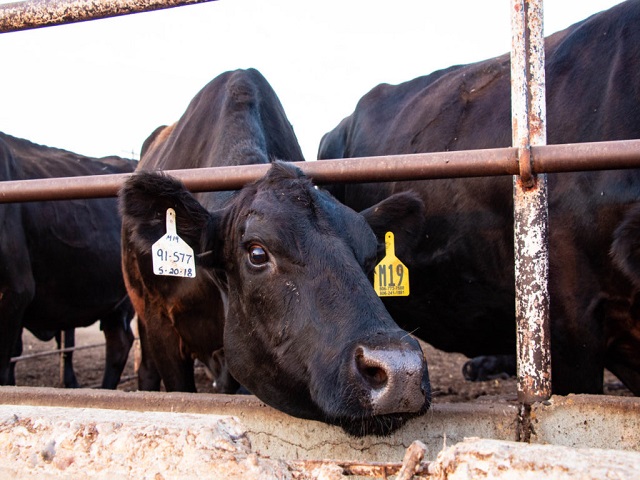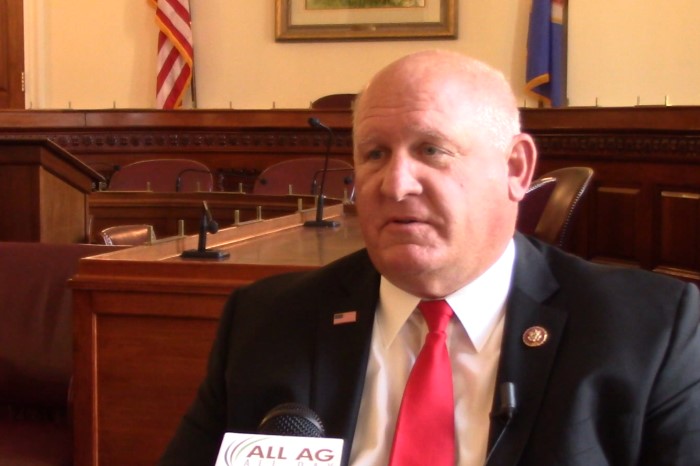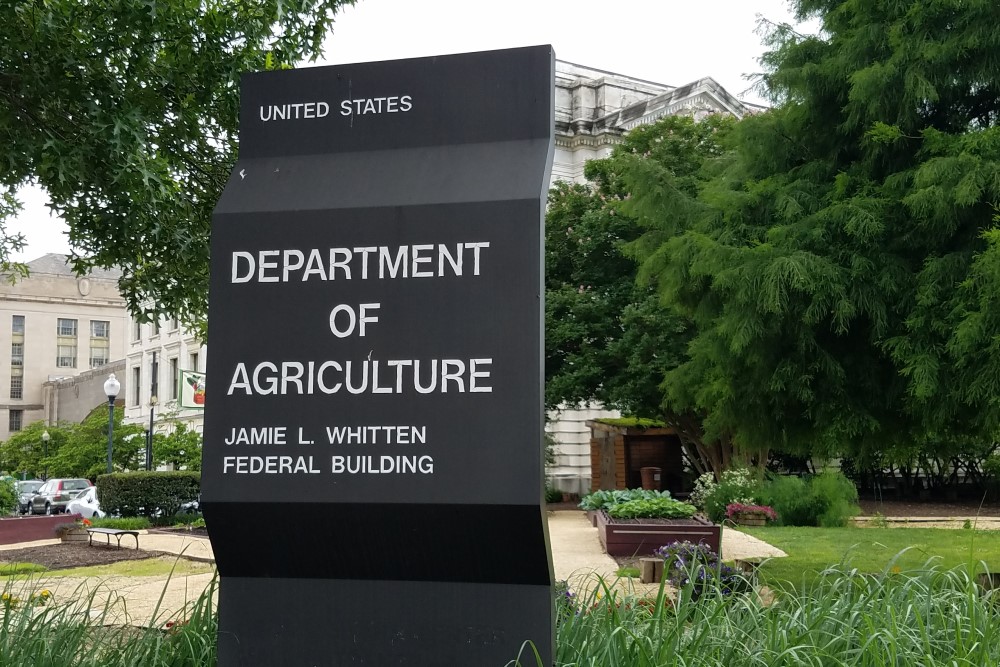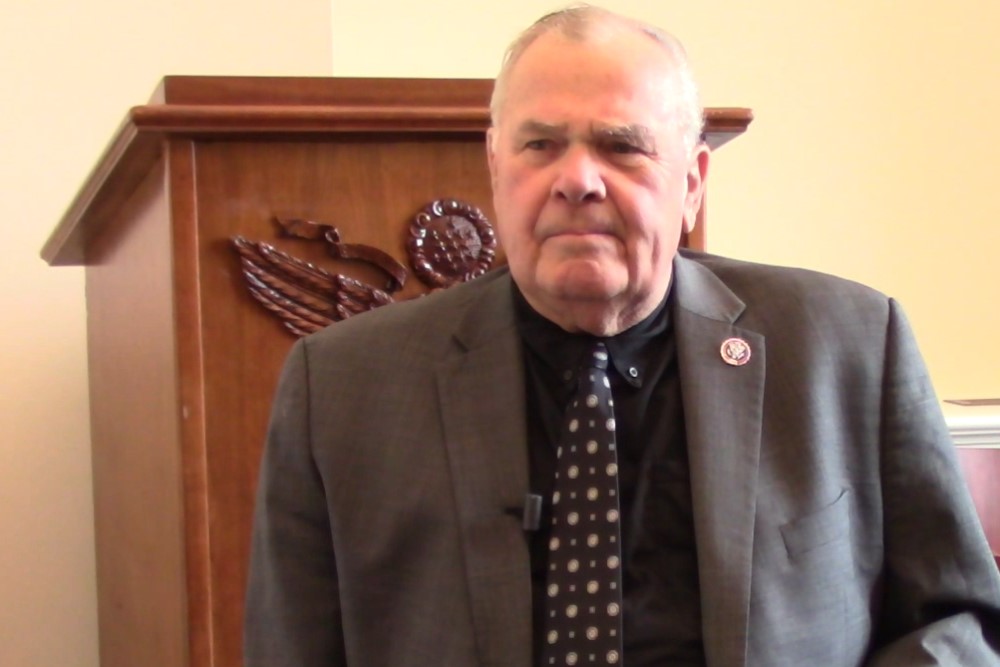Weak Farm Economy Continues in Central U.S. States
(KANSAS CITY, MO) The Tenth District farm economy remained weak in the second quarter of 2019, but farm income and credit conditions showed some signs of stabilizing. Despite extreme weather and flooding and continued trade uncertainty, higher corn prices and trade relief payments could have contributed to a slower pace of decline in expectations for farm income and credit conditions. Although farm income was still expected to decrease in the third quarter of 2019, the pace of decline was expected to be the slowest since 2014. In addition, District bankers reported that deposits grew at a faster pace in some states while farmland values remained steady. The share of new farm operating loans denied by bankers declined slightly after reaching a five-year high a year ago. About 75 percent of banks in the District denied at least one percent of all new farm operating loan applications, down from over 90 percent of banks in 2018. Nearly 18 percent of respondents continued to report denying more than a tenth of operating loan requests, however, which remained slightly higher than in previous years. Despite some signs of continued stress, the pace of deterioration in the farm economy in the Tenth District was expected to slow in the next three months. Higher corn prices and trade relief payments likely supported less pessimistic expectations for farm income and agricultural credit conditions. Although repayment problems and loan denials remained slightly elevated from previous years, stable farmland values and relatively low-interest rates could support stronger credit conditions moving forward, especially if farm borrowers in the District are able to take advantage of higher crop prices in 2019.






